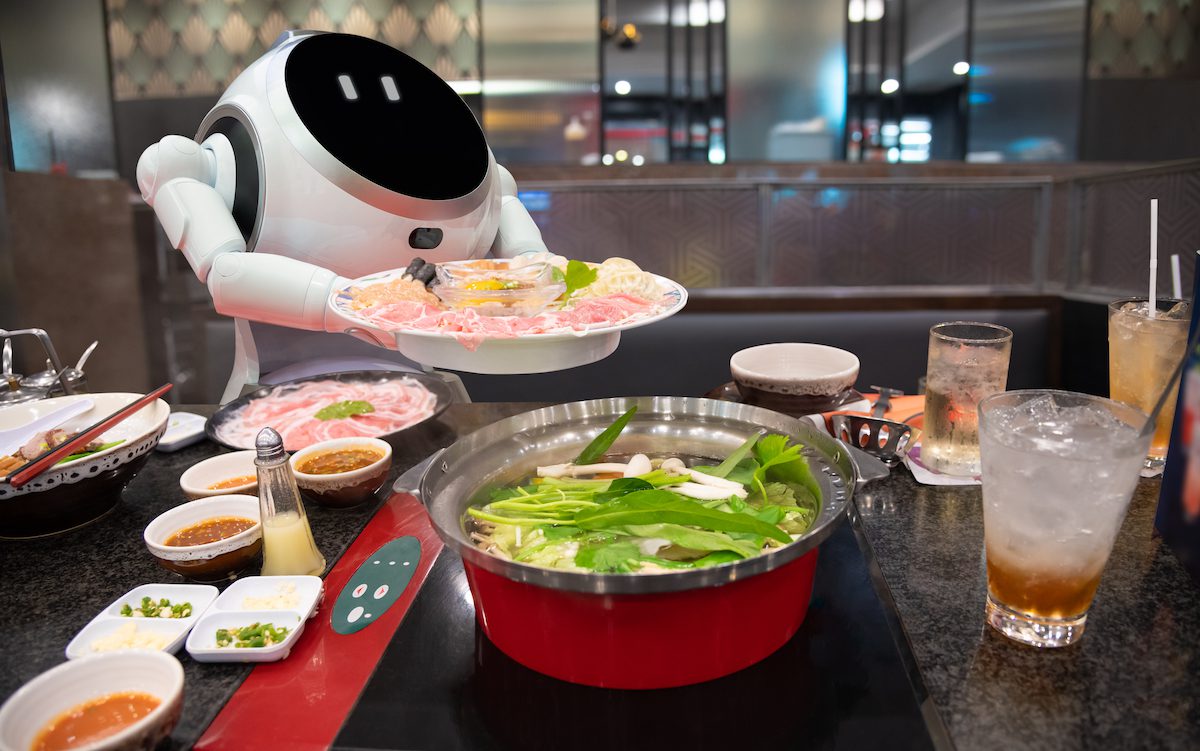
Robots are taking over pizza restaurants across the United States.
Seattle-based kitchen automation company Picnic Works on Friday (Aug. 5) announced a partnership with robotic restaurant company Speedy Eats to deploy the former’s automated food preparation and production station in 5,000 restaurants within the next five years.
“Our goal is to bring fresh food to people whenever and wherever they want it and we’re ambitious in our plans to open 5,000 locations in the next five years. The Picnic Pizza Station is the must-have piece of equipment to produce the consistent quality pizza that our customers desire,” F. Speed Bancroft, CEO and president of Speedy Eats parent company Bancroft Automated Restaurant Services (BARS), said in a statement. “We’re partnering with Picnic for their expertise in automation and proven market success.”
Automating the pizza-making process could go a long way for operators, as it may be the most labor-intensive part of running a pizzeria. A May study from IBISWorld found that there are 845,650 employees of pizza restaurants in the United States in 2022, while Zippia research finds that the number of pizza makers in the country is “over 534,275.” If these figures are within the range of accurate, automating the pizza-making process can cut back on nearly two-thirds of the labor needed in pizzerias.
Some tech providers, however, are not satisfied stopping there. They have set their sights on an even greater pizza automation challenge: automating the entire restaurant, from preparation to getting the food into the customer’s hands. Earlier this year, for instance, it was reported that pizza giant Pizza Hut was testing an automated location at a mall in Bnei Dror, Israel.
Last year, Automated Pizza Kitchen (APK) company Basil Street Pizza announced the launch of its automated pizza-making and -dispensing kiosks at several major airports. However, it would appear that the company’s efforts were not a runaway success. Food technology publication The Spoon reported on the company’s liquidation in May. Food robotics newsletter OttOmate added that, according to chief restructuring officer Jeff Klemp, the closure was a result of COVID-related manufacturing delays and compliance issues related to the company’s crowdfunding.
Other companies, however, including Let’s Pizza, Piestro and PizzaForno, are continuing to try to get pizza vending machines out into the world, and it does not stop at vending. Some companies are looking to bring pizzas to consumers’ doors. Last month, Piestro announced a partnership with self-driving sidewalk delivery robotics company Serve to create a “truly contactless end-to-end robotic pizza delivery experience.”
You may also like: To See Where the QSR Industry Is Headed, Look to Pizza
“We couldn’t be more excited to partner with Serve Robotics to offer our customers the convenience and delight of robotic delivery,” Massimo De Marco, CEO of Piestro, said in a statement. “Robotic delivery is contactless and reliable, with a higher on-time rate than couriers, and will allow our customers to get their pizzas even faster than before — all at the touch of their fingertips.”